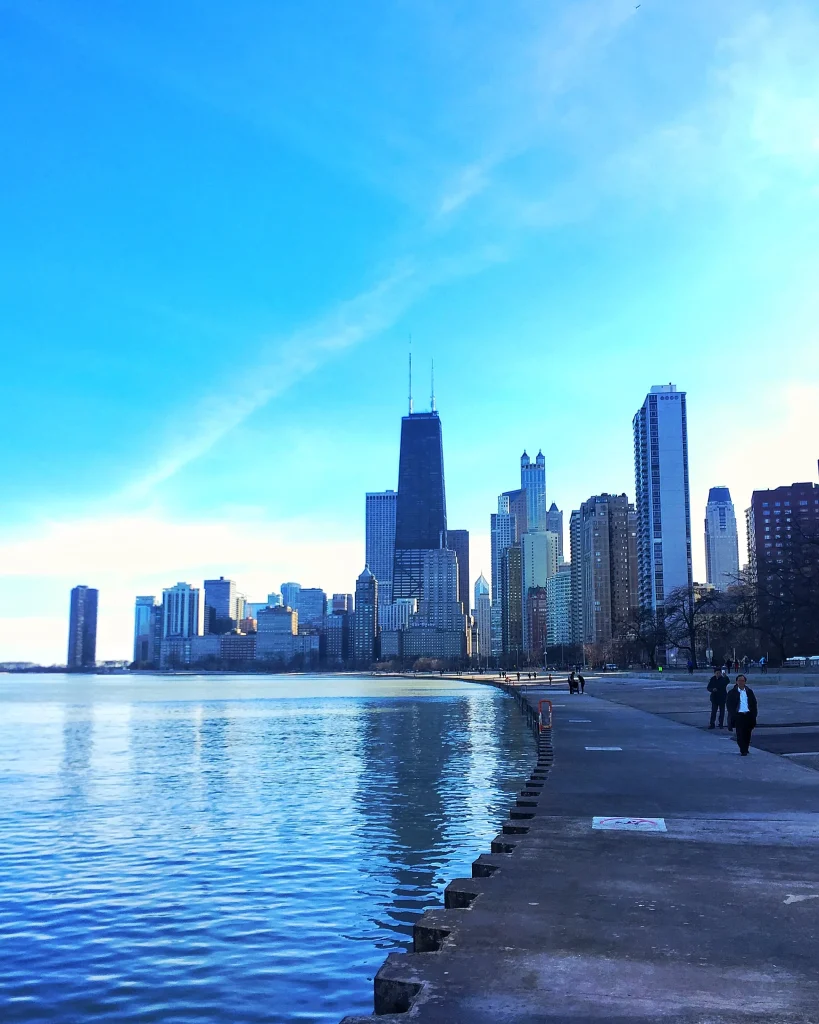Contaminated water issue
In Illinois, the following rivers, streams, and lakes have a huge impact on the ecosystem and also on the people inhabiting the region. Even so, a big portion of these water bodies are polluted with E.coli bacteria, which poses a great risk to human health and harms wildlife. This is a classic example of a cross-national boundary issue, defined by its elaborate and complex nature. Turning this around, observing the contamination of waterways in the state of Illinois through the perspective of the six wicked problems and the urgency allows for a clearer understanding concerning its impact on the community, as well as the environment.
The question of how E. coli resists being classed as a vague problem resurfacing policy about Illinois, it does not provide a quick answer. For risk of illness, E. coli is often cited as the bacteria of concern when the talk revolves around the people along the Great Lakes region, simply because the presence of the E.coli suggests a risk of fecal pollution being present. But how do you avoid the risk of finding the correlation between these issues when the potential sources of bacteria are numerous, all easily accessible, and expensive to monitor? Agricultural runoff, urban stormwater, or wildlife-which of these are the sources? Shouldn’t the vagueness of the leading sources or the question be easy to answer? To try to resolve that glimmer that could have guided us, the circumstances are pretty gruesome. Members of the community alongside members focusing on understanding the environment would be of huge assistance in voiding the heterogeneous definition provided above and to help tackle the issue in a more focused manner.
Many people would naturally look up to the farmers and other businesses that play a huge role in the contamination of rivers, streams, and lakes in Illinois but the void towards doing that is vague. Tackling the E. coli issue invading streams and rivers is going to be a challenging one, factors such as urban development along with growth on the agricultural and industrial fronts can be said to have a role to play in not only the growth of a certain economy but more importantly the growth of the nation. What these boundaries would or might do though is add further risks and challenges especially considering there lies a delay in understanding the industry and developing a marketing frame. The risks posed by the rural areas and farms would be tremendous, however that being said there is a tremendous potential to resolving that within engaging communities along with water resources. There is a roadmap prepared by scientists that

entails significant promises it has heroto out the political agenda regard that particular subject and also highlighted branding strategies along with marketing.
The issue of E. coli residue is further made complex by non-specific approaches. More awareness about pollution can be targeted along with the improvement in agricultural practices and enhancement of effluent treatment plant. But as is evident that no one approach deals with the substance pollution problem comprehensively. Since environmental aspects are always interlinked, approaches will always have to be cross sectoral and dynamic. Working together with local people, policymakers and environmentalists can foster creative solutions tailored for each polluted waterway while also enhancing the water quality management from a broader perspective.
A critical feature of E. coli contamination challenges in Illinois is the fact that there is no discernable endpoint. Pollution is not an issue that can be dealt with once and for all but one that can best be characterized by preventive measures and constant supervision. E. coli content is expected to alter with the shifting climatic parameters and anthropogenic practices, thus evaluation and re-evaluation is provides the best answer to the problem. Rather than work towards a resolution, it is better for stakeholders to work towards rather develop resilience in the affected communities and ecosystems.
The issue of irreversibility also plays a significant role in the E.coli contamination problem. Once the water is contaminated, the effects tend to be long lasting, impact a persons health, surrounding wildlife, and ecosystems. For example, the introduction of E. into water habitats can harm fish populations and disrupt food chains, leading to bigger economic consequences. The contamination may alter recreational opportunities for residents, affecting their quality of life and connection to nature. The reality downplays proactive measures aimed at preventing contamination and preserving the integrity of our water systems.
Each river, stream and lake in illinois water systems cannot be over looked. Factors such as land use, and local ecology contribute to the specific challenges faced by each water body. This necessitates tailoard solutions that account for local conditions and stakeholders needs. For instance, a rural river may require different management practices compared to urban stream with high levels of runoff.
The urgency of addressing E coli. Contamination in Illinos water systems cannot be over looked. WIth potential health risks to the community, such as stomach illness and other serious health concerns, we must act now. The contamination affects not only us but also surrounding wildlife, which relies on clean water for survival.

SOURCES
Illinois Environmental Council. “Clean Water.” Illinois Environmental Council,
https://ilenviro.org/clean-water/#:~=Many%20Illinois%20rivers%2C%20streams%2
C%20and,which%20negatively%20impact%20aquatic%20life.
Illinois Department of Public Health. “E. Coli.” Illinois Department of Public Health, https://dph.illinois.gov/topics-services/diseases-and